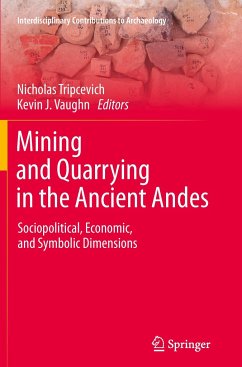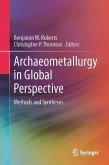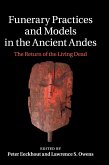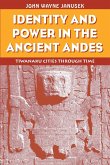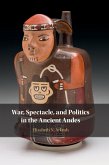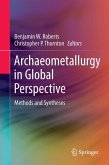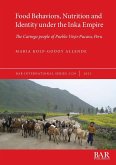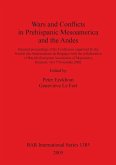Deploying comparative analysis of data from ancient mining and quarrying sites across the Andes, this study maps the cultural context of pre-Hispanic extraction activity, itself extracting fresh archaeological insights from locations once viewed as marginal.
Over the millennia, from stone tools among early foragers to clays to prized metals and mineral pigments used by later groups, mineral resources have had a pronounced role in the Andean world. Archaeologists have used a variety of analytical techniques on the materials that ancient peoples procured from the earth. What these materials all have in common is that they originated in a mine or quarry. Despite their importance, comparative analysis between these archaeological sites and features has been exceptionally rare, and even more so for the Andes. Mining and Quarrying in the Ancient Andes focuses on archaeological research at primary deposits of minerals extracted through mining or quarrying in the Andean region. While mining often begins with an economic need, it has important social, political, and ritual dimensions as well. The contributions in this volume place evidence of primary extraction activities within the larger cultural context in which they occurred. This important contribution to the interdisciplinary literature presents research and analysis on the mining and quarrying of various materials throughout the region and through time. Thus, rather than focusing on one material type or one specific site, Mining and Quarrying in the Ancient Andes incorporates a variety of all the aspects of mining, by focusing on the physical, social, and ritual aspects of procuring materials from the earth in the Andean past.
Over the millennia, from stone tools among early foragers to clays to prized metals and mineral pigments used by later groups, mineral resources have had a pronounced role in the Andean world. Archaeologists have used a variety of analytical techniques on the materials that ancient peoples procured from the earth. What these materials all have in common is that they originated in a mine or quarry. Despite their importance, comparative analysis between these archaeological sites and features has been exceptionally rare, and even more so for the Andes. Mining and Quarrying in the Ancient Andes focuses on archaeological research at primary deposits of minerals extracted through mining or quarrying in the Andean region. While mining often begins with an economic need, it has important social, political, and ritual dimensions as well. The contributions in this volume place evidence of primary extraction activities within the larger cultural context in which they occurred. This important contribution to the interdisciplinary literature presents research and analysis on the mining and quarrying of various materials throughout the region and through time. Thus, rather than focusing on one material type or one specific site, Mining and Quarrying in the Ancient Andes incorporates a variety of all the aspects of mining, by focusing on the physical, social, and ritual aspects of procuring materials from the earth in the Andean past.
From the reviews:
"Tripcevich and Vaughn compiled this volume for a comparative analysis of mining and quarrying, a rare undertaking in Andean studies. ... Andeanists and those interested in the extraction and processing of solid materials from the earth in any world region will find much of value in this volume. ... all the chapters offer valuable new information that may serve as a baseline for future studies." (Kylie E. Quave, Lithic Technology, Vol. 39 (1), 2014)
"Tripcevich and Vaughn compiled this volume for a comparative analysis of mining and quarrying, a rare undertaking in Andean studies. ... Andeanists and those interested in the extraction and processing of solid materials from the earth in any world region will find much of value in this volume. ... all the chapters offer valuable new information that may serve as a baseline for future studies." (Kylie E. Quave, Lithic Technology, Vol. 39 (1), 2014)

